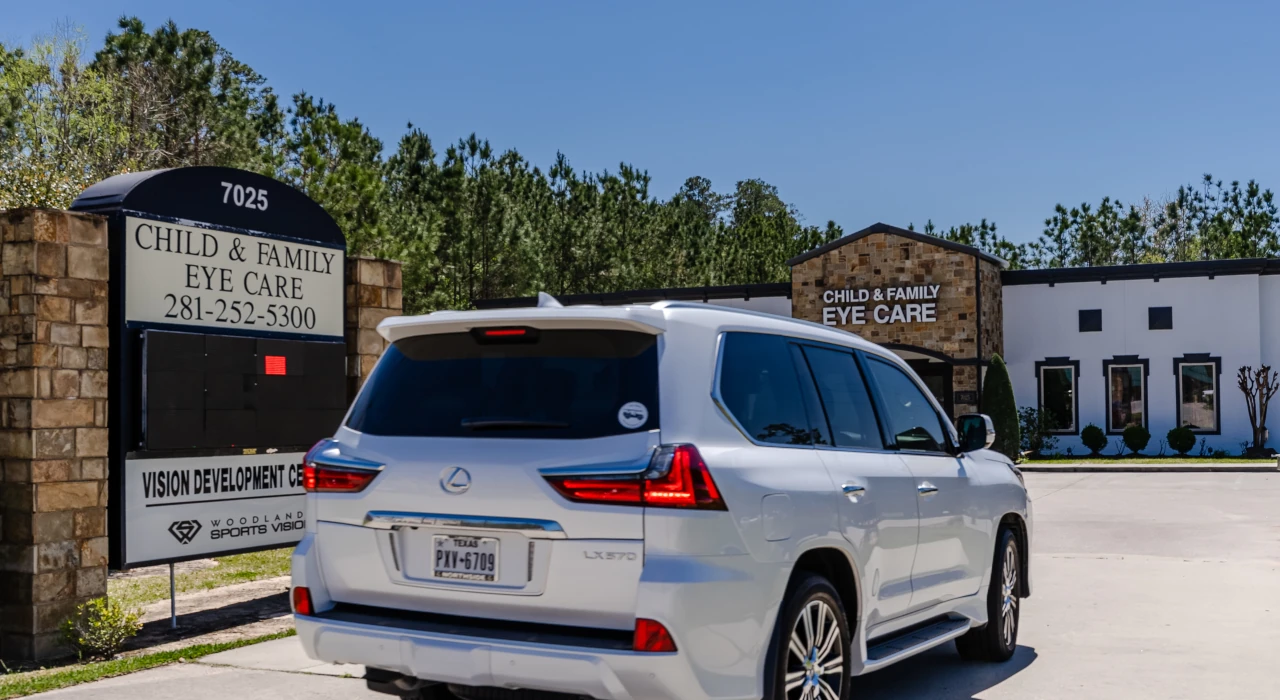
What’s in Your Vision Insurance Plan
Today, there are more options available for vision insurance than ever before. Whether you obtain vision coverage as an additional benefit through your employer's health benefits package or seek it independently from an insurance company or vision benefits provider, it's important to have a solid understanding of vision insurance to make the most of it. Understanding Vision Plans and Coverage
The variety of options in vision plans can initially seem overwhelming. If you've acquired vision insurance through your employer, your HR department and the insurance company's literature and websites are excellent starting points to grasp the details of what your vision insurance plan covers and doesn't cover.
Generally, there are two types of vision insurance plans:
- Vision Benefits Package
Often added to traditional employer-provided healthcare, this type of vision insurance encompasses a fixed set of benefits related to eye health and maintenance. It typically includes routine eye exams and testing, discounts on corrective eyewear, and even cost reduction for eye surgery. These vision insurance plans usually have a network of participating eyecare professionals who agree to honor the plan details.
Over time, this type of vision insurance plan has evolved to offer more personalized options through defined contribution vision coverage. With this, you, as the consumer, can select specific services and discount offerings based on your projected vision expenses.
Many of these vision plans involve using pre-tax dollars deducted from your salary by your employer, such as through Flexible Spending Accounts, 'Cafeteria' Plans, Health Savings Accounts, or Health Reimbursement Accounts. Each option has its own tax advantages and considerations that should be thoroughly discussed with your vision plan administrator or provider, and if necessary, a tax professional. 2. Vision Discount Plans
While similar to traditional vision benefits, this type of vision insurance is generally less flexible. It offers fixed discounts across various vision-related services, including eye exams, eyeglasses, contact lenses, and even certain surgical procedures.
Under these plans, you agree to pay the remaining cost in full, but the premiums are typically lower compared to traditional vision benefit plans. Like other vision insurance types, vision discount plans also involve a network of participating eyecare professionals who honor the specified discounts within the plan, as long as you agree to pay the difference. Planning for Vision Insurance
Though it may initially appear confusing, you can maximize the benefits of your vision insurance by fully understanding what is covered or not covered by your specific plan. Additionally, discussing options with your eyecare professional can help you determine the best way to utilize your vision coverage for your eye-related expenses.
This planning process also involves a thorough understanding of any traditional health insurance coverage you may have. In certain cases, unexpected eye injuries or the onset of specific eye diseases and related treatments may be covered by your general health insurance rather than your specific vision insurance plan.
Remember, it's your vision insurance and your vision coverage. Understanding the specifics of your vision insurance plan is crucial to make the most of your benefits. Use It or Lose It. Vision insurance benefits have expiration dates.
Depending on the type of vision insurance plan you've enrolled in, your vision insurance benefits may expire annually. This means that if you don't use them, you lose them until the next year. Since you contribute your hard-earned money towards your vision coverage, there's no excuse to skip your annual eye exam or neglect seeking your optometrist's assistance if you experience any changes in your vision.
Furthermore, many defined contribution vision insurance plans, particularly Flexible Spending Accounts, don't allow deposited money to roll over into the following year. If you don't spend the allocated amount, you may risk losing that money entirely.
Consider going beyond the traditional examination and explore options such as obtaining a second pair of eyeglasses, prescription sunglasses, photochromic lenses, or eyewear specifically designed to fit your lifestyle. By maximizing your vision insurance coverage, you can take advantage of the benefits available to you.
In conclusion, understanding the ins and outs of your vision insurance plan is essential for making informed decisions and maximizing its benefits. Whether you have a vision benefits package or a vision discount plan, knowing the specific coverage details and limitations will help you make the most of your insurance. Don't forget that vision insurance benefits often have expiration dates, so it's important to utilize them before they expire. By taking full advantage of your vision insurance, you can prioritize your eye health, receive necessary treatments, and explore additional eyewear options that fit your needs and lifestyle.
We would like to express our gratitude to the National Eye Institute, and National Institutes of Health, for providing source material that assisted in the creation of this content.






